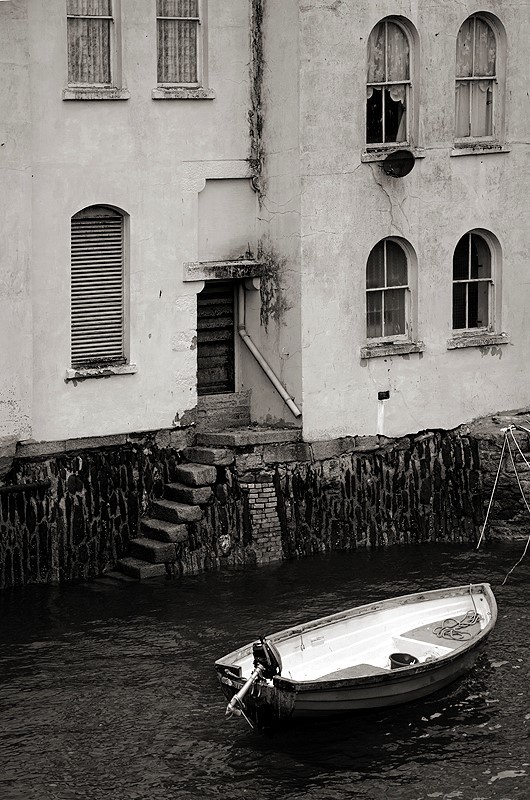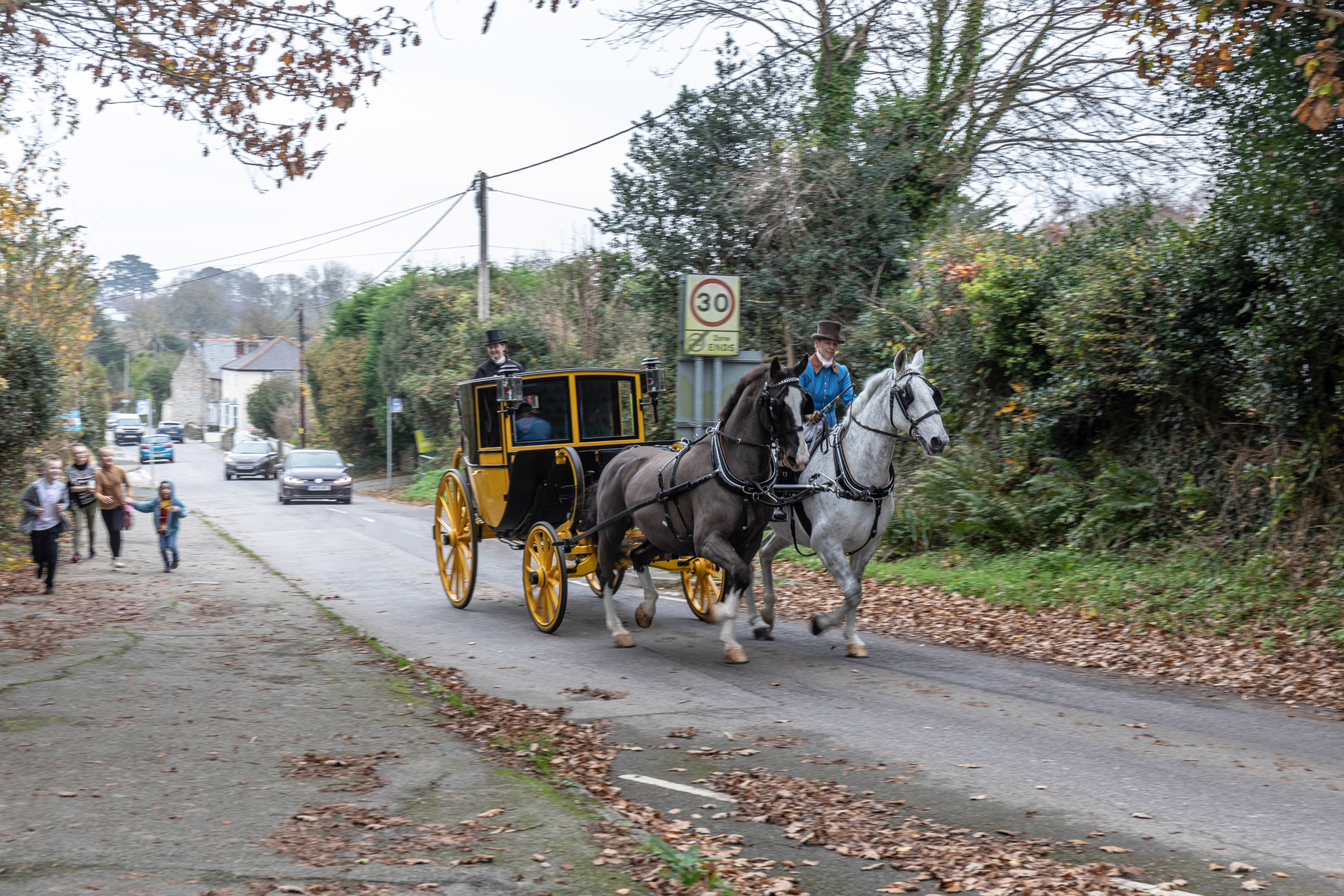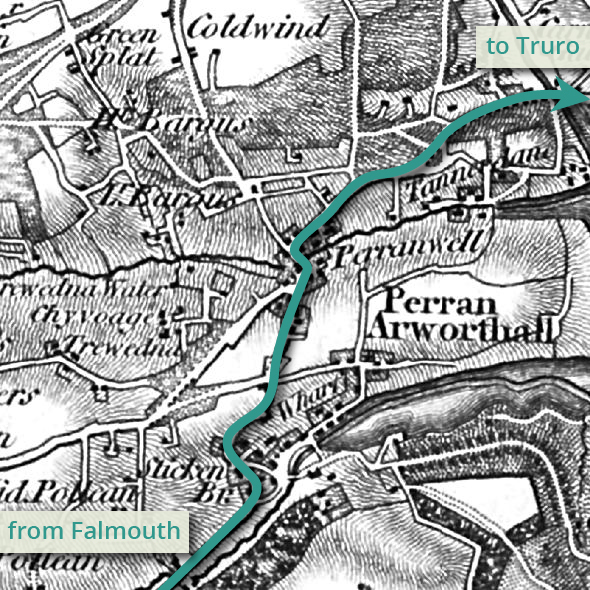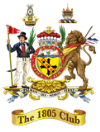Falmouth
Return to overview

Penryn
The road to Truro

The Post-Chaise at Perranwell © Roger Hollingsworth
The image above shows a replica post chaise express of the type used by Lieutenant Lapenotiere to travel from Falmouth to London in 1805. The rider on the lead horse was called a 'postillion' or 'post boy' although they were often small, lithe men in their 50's or 60's who were highly experienced riders.
This image, courtesy of Roger Hollingsworth, comes from the unveiling of the 39th Trafalgar Way plaque in Perranwell in November 2018.







